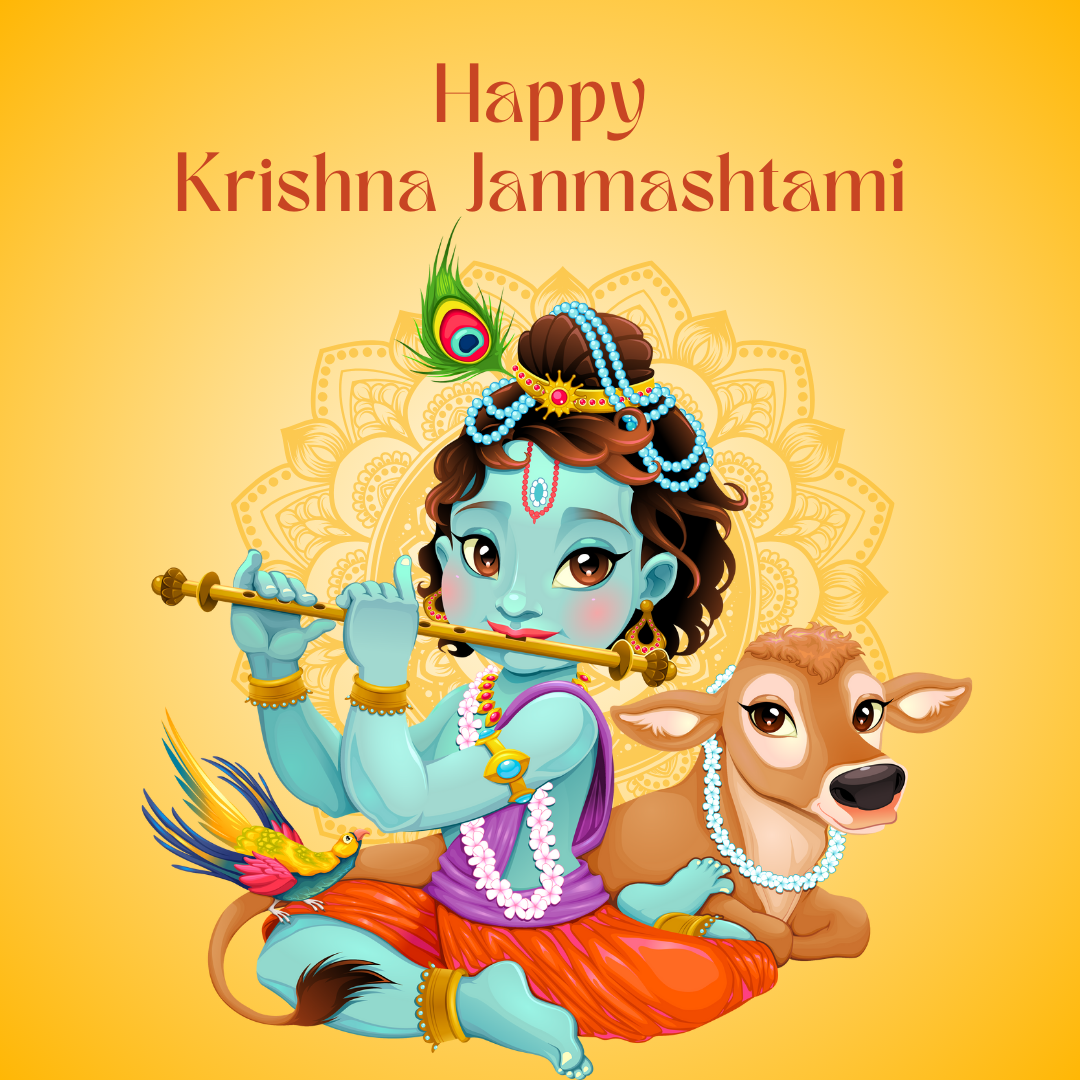After celebrating Teachers’ Day on September 5th, India gears up to mark Janmashtami on September 6 and 7.
Krishna is believed to be the eighth avatar of Vishnu – the sustainer in the Hindu trinity of Brahma (creator) – Vishnu (sustainer) – Mahesh (Destroyer).
Krishna is also credited with the composition of the Bhagwad Geeta – one of Hinduism’s most used spiritual texts.
Krishna played a pivotal role in the story of Mahabharata.
But the reverence for Krishna transcends the role as king or God. Krishna has been loved by many Bhakti era poets as the personification of universal love.
Krishna was born on the eighth day (Ashtami) of the Shukla Paksha (dark fortnight) of the Bhadrapada month. (August – September).
Rituals
Many people fast on Janmashtami.
Some people create a scene from the life of Krishna in their houses. This is called jhanki.
A community ritual is marked in parts of Western India. It is called Dahi Handi. A pot of buttermilk is hanged from a rope at a height. The devotees create a human pyramid to read the pot.

In many temples, Laddoo Gopal – a representation of Krishna as a child, is seated on a swing and devotees take turns swinging the “baby”.


At some places, children dress up as Radha Krishna.
Prayers to honour Shri Krishna are performed at many homes and temples.
This year, Janmashtami will be celebrated on September 6 and 7.
Have you made a jhanki? Or dressed up as Radha/Krishna? Do share pictures with us! Mail us at tcpedit@gmail.com.


